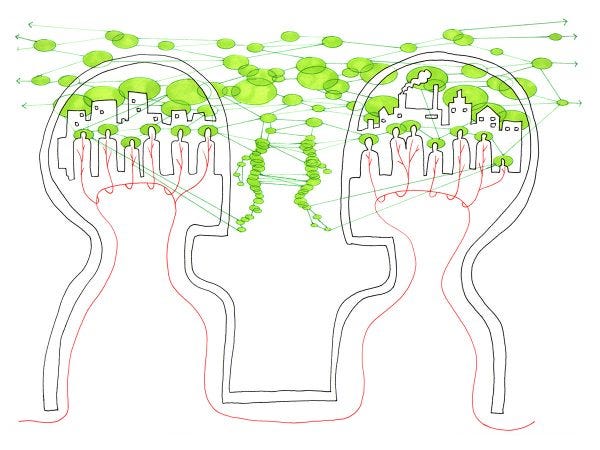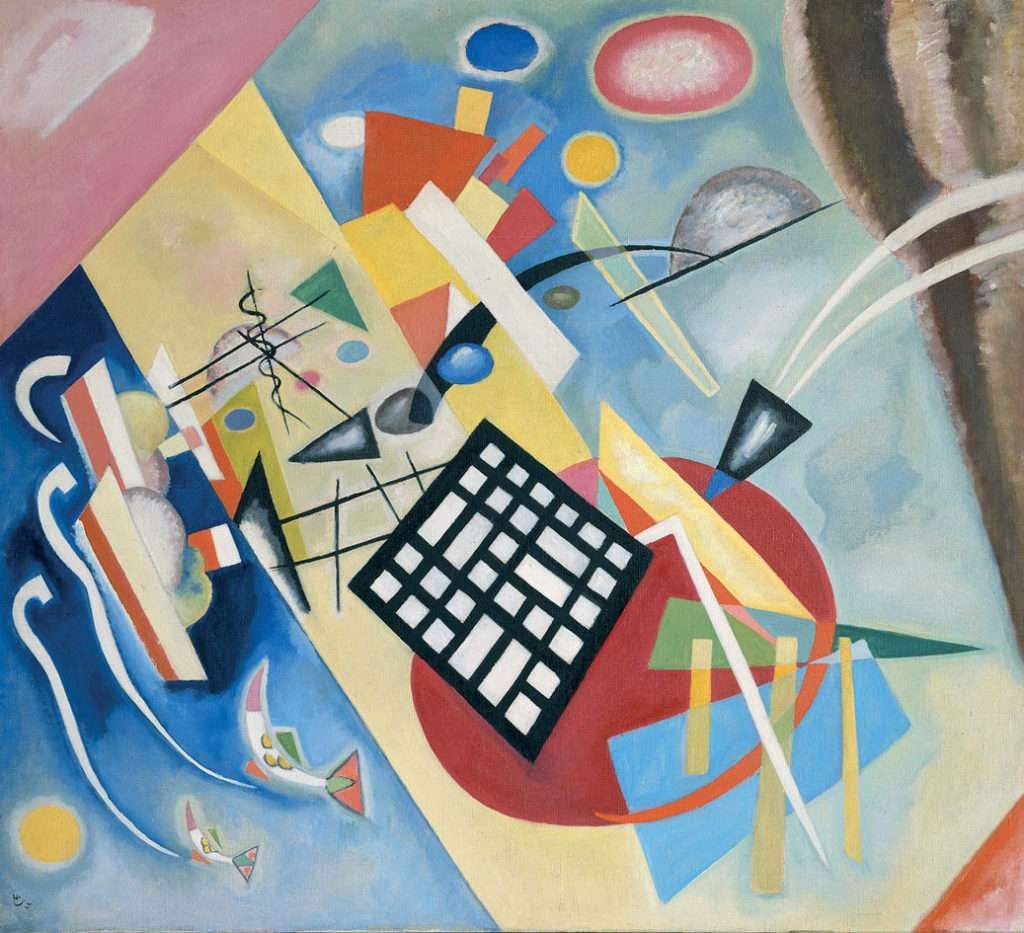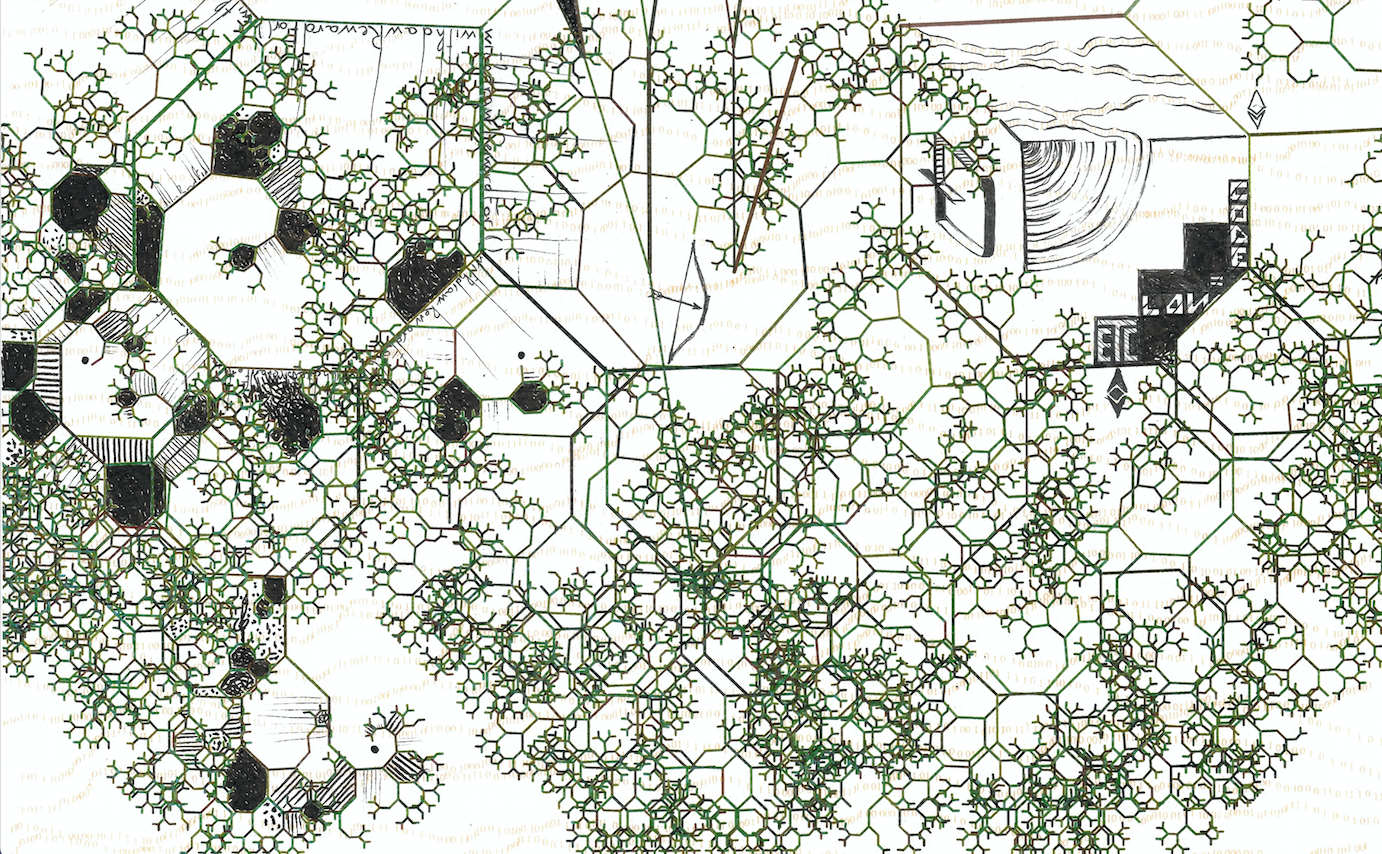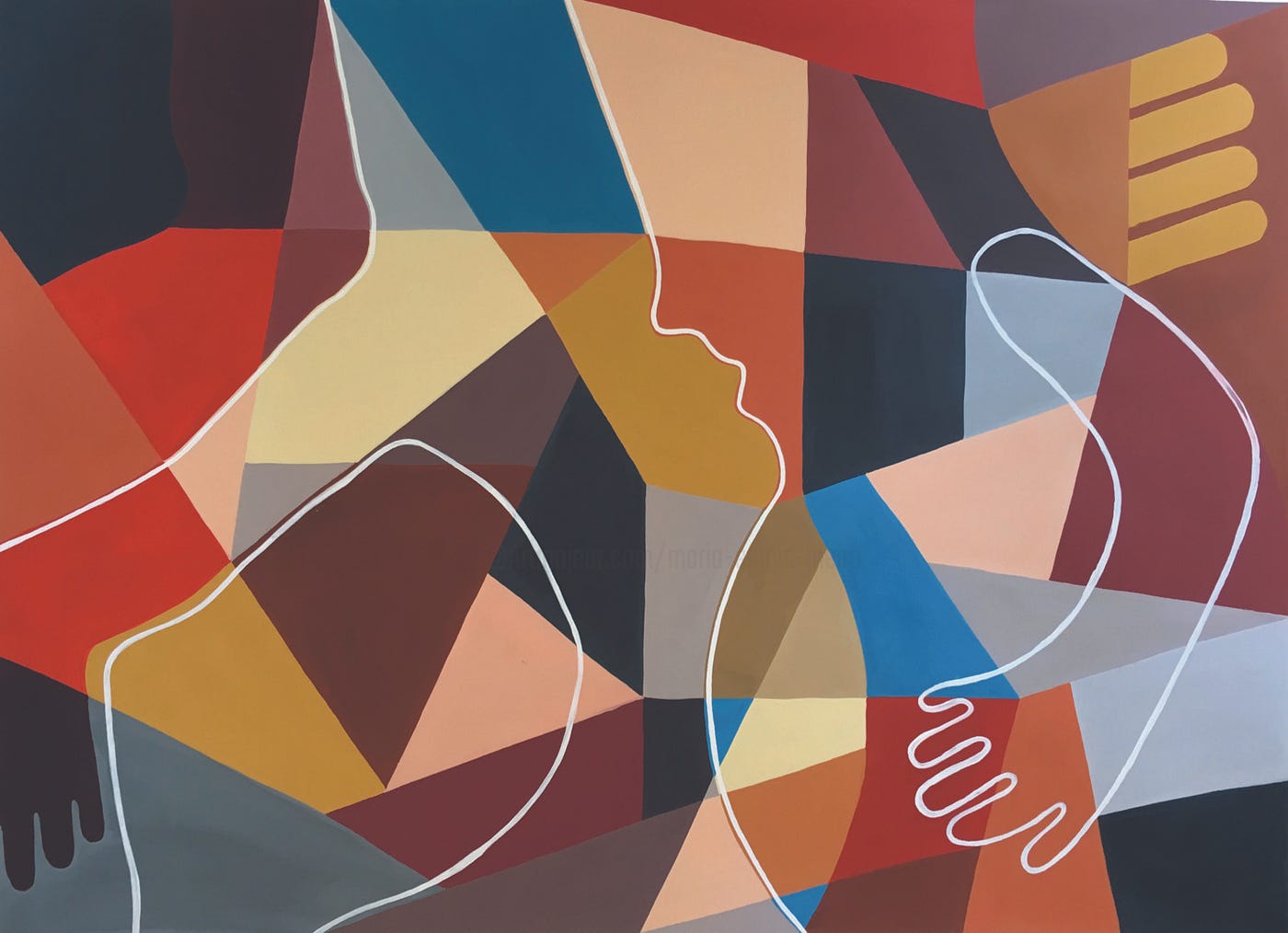Introducing a Deleuzoguattarian philosophy in the classroom through a series of becomings-

I’ve always been fascinated by the sense of community among students. For my classes, I created a Discord server where students can interact with one another outside of class by asking questions, sharing notes, accessing lecture videos, and engaging in informal discussions. However, I recently discovered that many of my students have created personalized Discord servers among themselves. Do I feel left out for not being included. Maybe only a little. Yet, I’m also impressed by their ability to collaborate and develop their own community independent of my supervision.
When considering the concept of becoming-peer, it’s crucial to recognize that students naturally form connections extending beyond the classroom environment. (And no, this does not just include Discord servers.) Even on the playground, students develop unique relationships distinct from their interactions within the structured classroom environment. Despite individual differences between students, they all share a common identity: they occupy the role of the student. However, while this relational aspect exists, some students may hesitate to forge deeper peer-to-peer connections with their classmates. Nevertheless, educators must nurture academic peer engagement that emphasizes the importance of social interactions.

Becoming-peer requires a departure from traditional hierarchies. Though hierarchies persist in educational structures (such as through grading systems and disciplinary measures), fostering an environment that highlights the importance of students collaborating with one another allows creativity to flourish. Cultivating a distinct sense of peer interaction between students — and between teachers and students — nurtures a relational dynamic capable of transforming the traditional classroom paradigm.
It is undeniable that most teachers encourage peer-to-peer interaction during class time. Whether it’s reviewing each other’s papers or collaborating on group projects, students refine their academic skills by teaching their peers. In this scenario, students essentially assume the role of teachers within the classroom. Because I teach speech and debate, there is heavy importance in structuring one’s cases well; thus, in my classes, students collaborate on formulating answers to questions about their cases while providing constructive feedback on each other’s speeches.
Now, what’s the dilemma? It seems simple enough to encourage peer-to-peer relationships. However, it’s important to acknowledge that students may feel intimidated by their peers. Therefore, it falls upon the teacher to facilitate effective peer-to-peer relationships.

As certain philosophers have observed (though the attribution is debated), there’s a saying: “comparison is the thief of joy.” In the classroom, comparison operates similarly as students gauge their work against their peers’. I have many students who tend to give up when they feel they cannot give a speech like an excelling student in the classroom. Since educators establish an idealized version for each assignment — with the idea of what constitutes an ‘A’ paper and what constitutes an ‘F’ paper — it is natural for students to compare themselves. However, we must ask ourselves if it is possible to utilize comparison for our benefit.
Julianna Cario, a blog writer focusing on education, pointed out: “Helping children self-compare allows them to notice their own growth and take ownership of their hard work.” This notion of “self-comparison” embodies the essence of becoming-peer. Not in the sense of comparing oneself in a negative manner, but instead, comparing for the sake of growth. Rather than teaching students that their work exists independently from everyone else’s, educators must stress the importance of collaboration and the classroom functioning like that of a team. In my teaching experience, I’ve sought to design group work and assignments that foster collaboration among students. Some of these tasks have required students to work together, aiming to cultivate successful peer-to-peer relationships.
Particularly in the context of age gaps, students tend to struggle with relating to their peers if there is a significant age gap or variance in knowledge. Here, the teacher’s role is pivotal in establishing a unique pedagogy that is capable of challenging both students, while simultaneously fostering a relationship between these students. While many academic institutions aim to group students of similar ages and academic abilities together, it’s inevitable that classrooms will have students at varying levels. Consequently, students often assume teaching roles in such scenarios.

After conversing with several colleagues about flipping the classroom, I observed a recurring theme centered on the teacher’s role. It became apparent that without adopting the flipped classroom approach, teachers might overly emphasize their role and enjoy the spotlight. In my experience collaborating with educators, the consensus is that a teacher shouldn’t function as a dictator but should serve as a respected peer for students. While some may liken this approach to adopting a sibling-like position with students, it’s essential to proceed with caution and avoid blurring boundaries.
Instead of association peer relationships with familial roles, it’s crucial to view peer connections as a means of dismantling dominant power structures. While this might involve adopting roles akin to siblings, parents, respected mentors, or simply individuals guiding one another through life’s intricacies, genuine teaching strives to embody peer-like qualities. Becoming-peer represents not only a political endeavor aimed at dismantling hierarchies between teachers and students but also a project focused on eradicating hierarchies among students themselves. Remember: even philosophers have have peer-to-peer relationships that strengthens their own philosophical work.
Leave a Reply